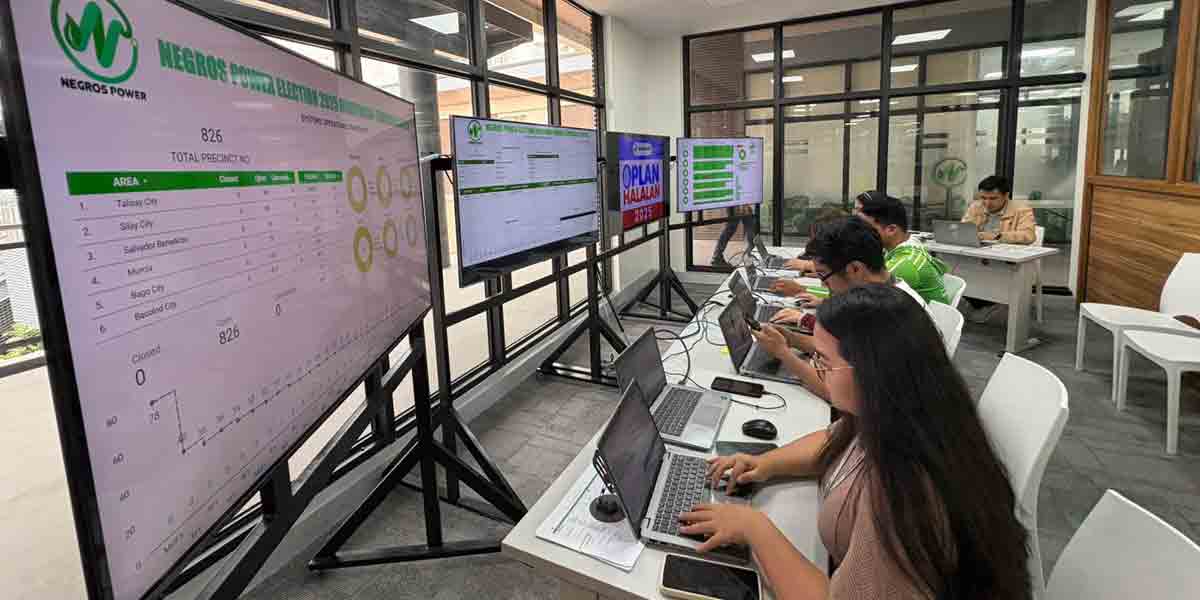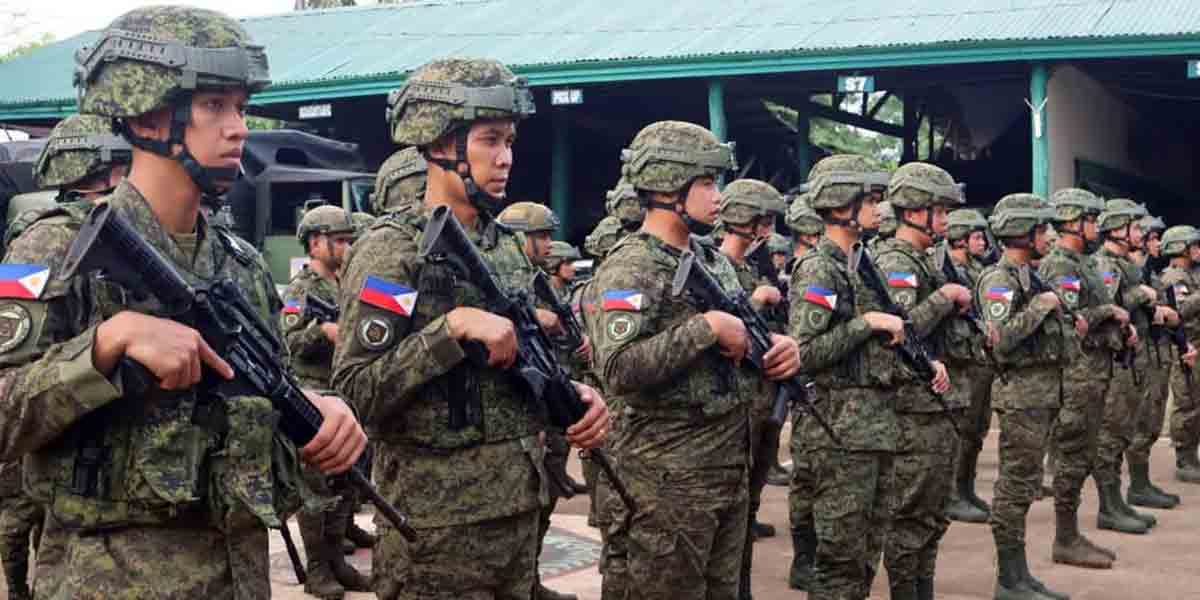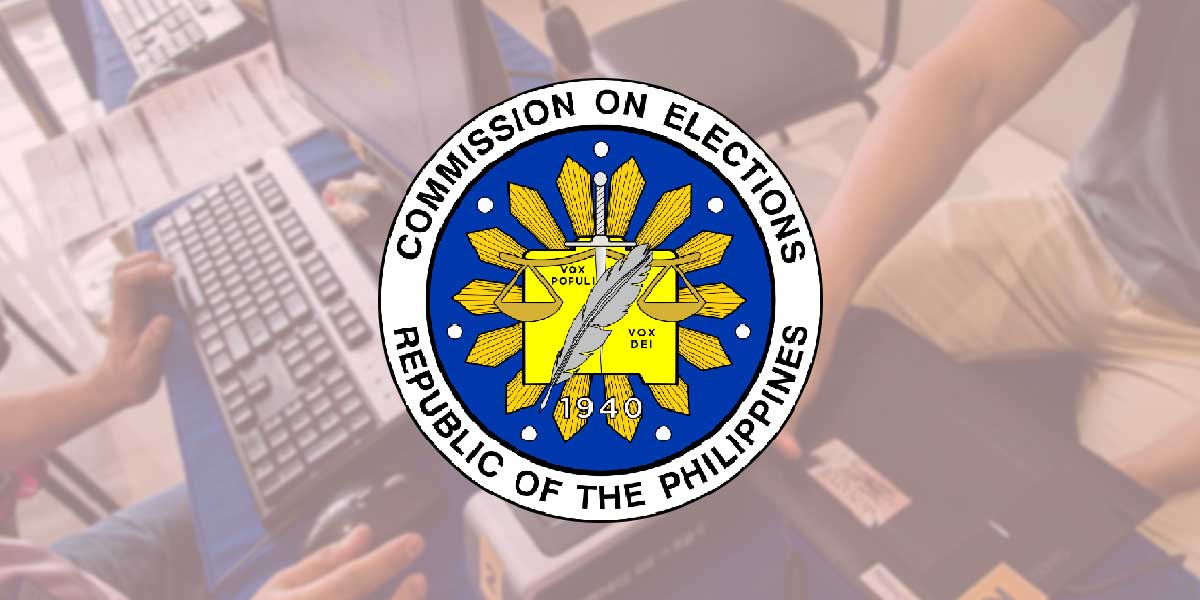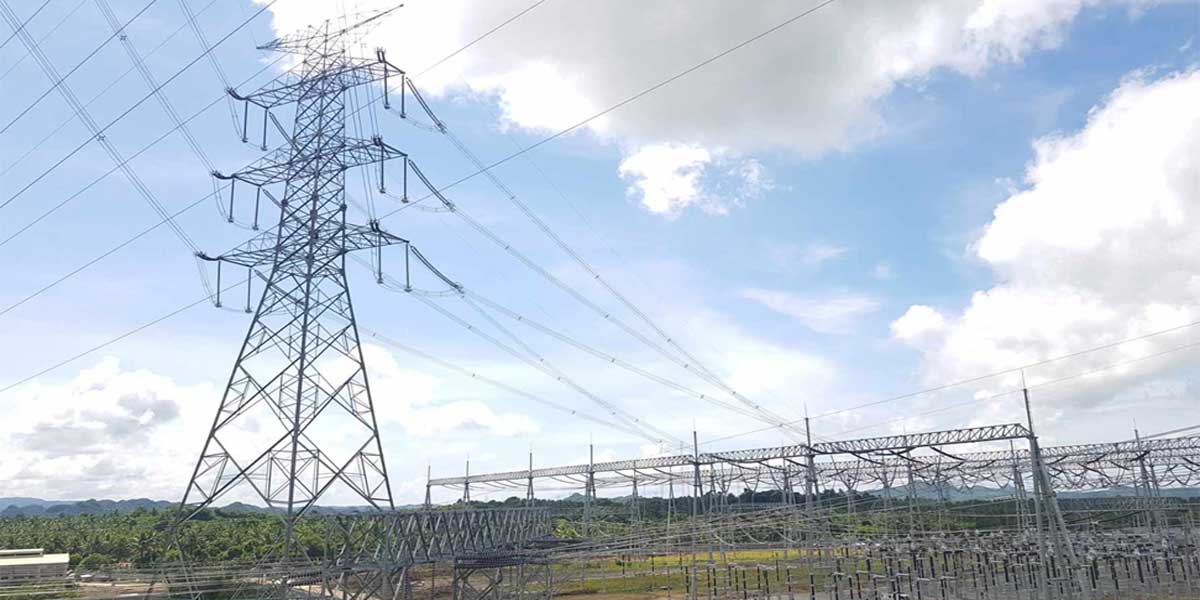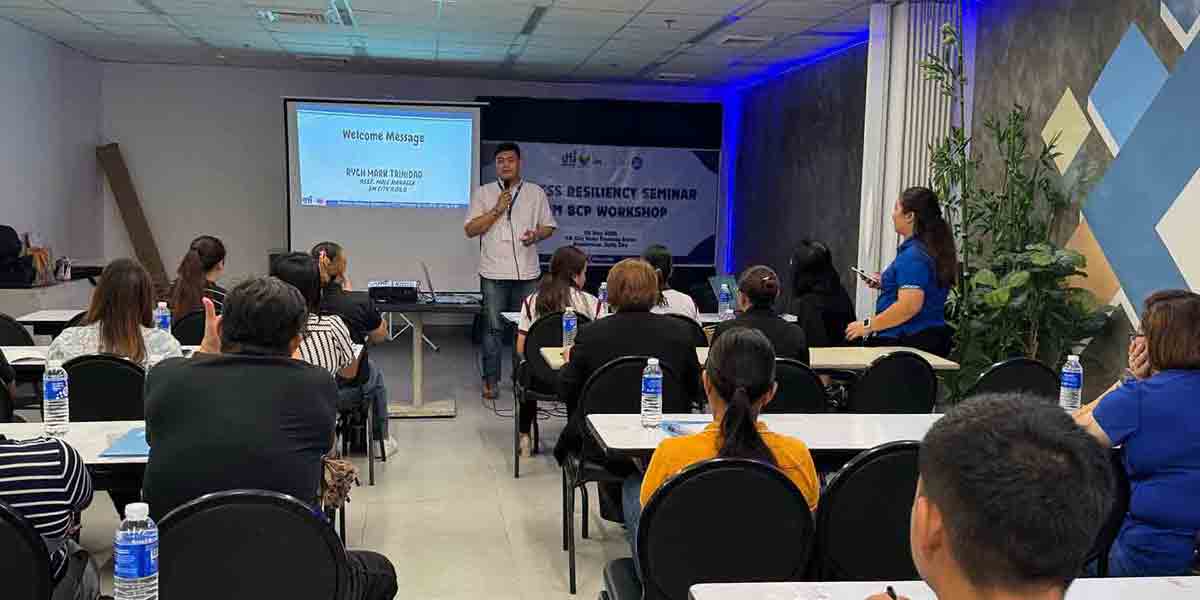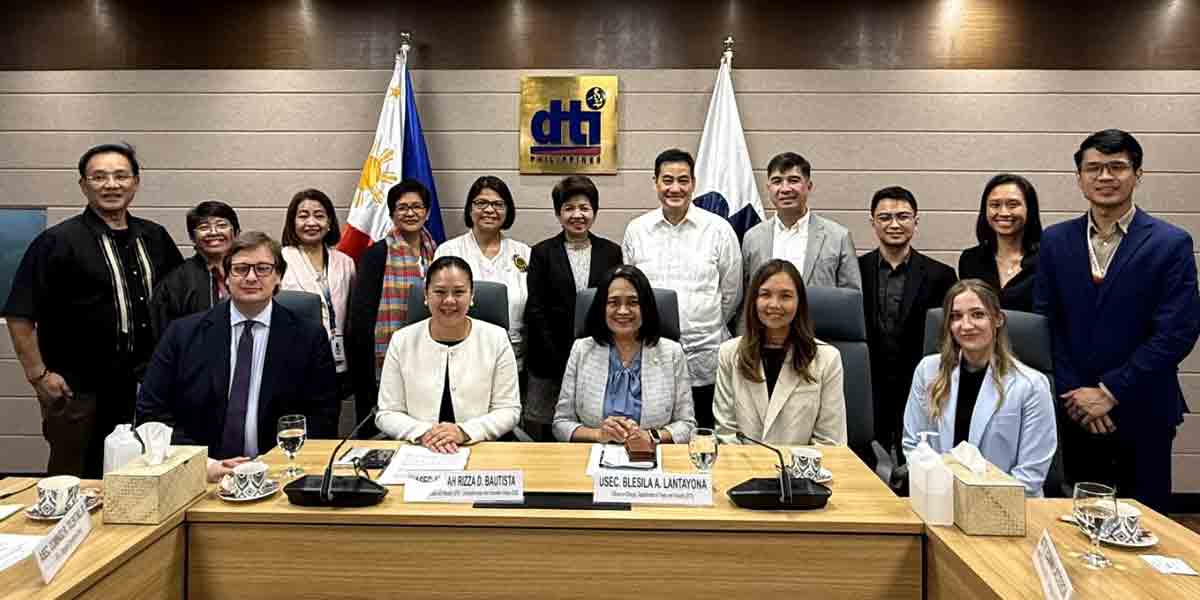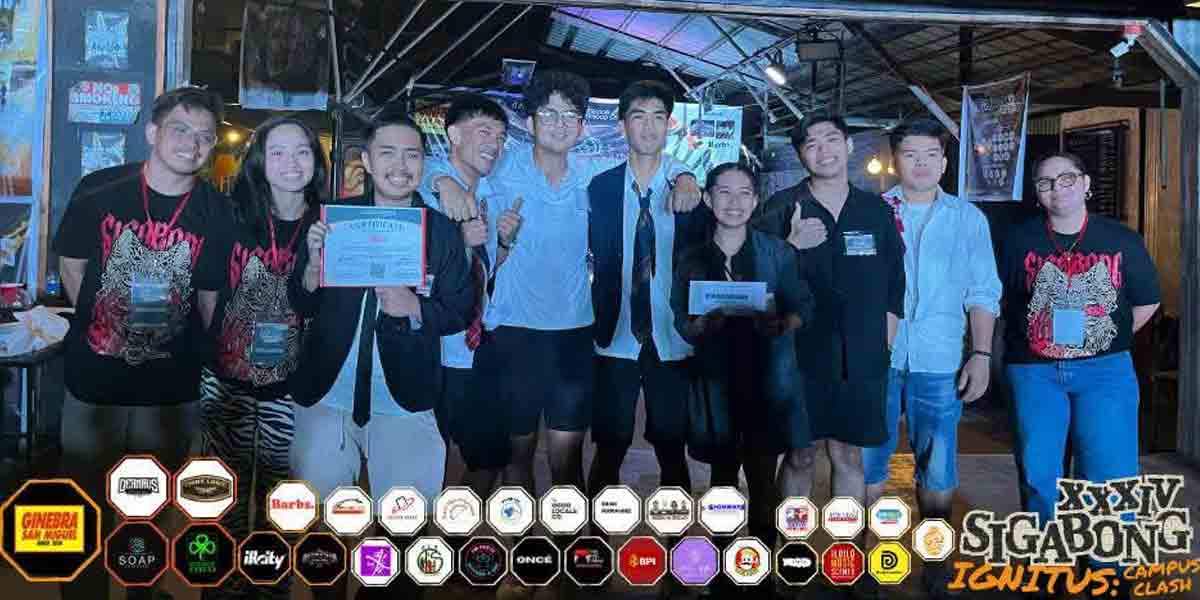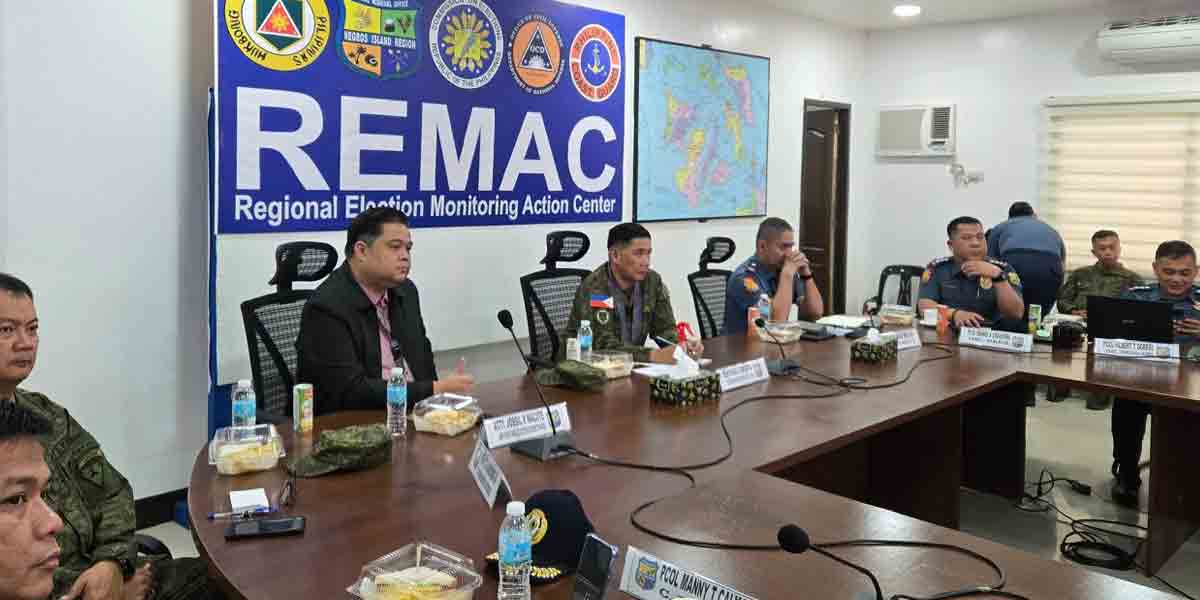By Francis Allan L. Angelo
The Presidential Task Force on Media Security (PTFoMS) appears to be more focused on placating government officials than on genuinely protecting journalists. This recent incident involving Iloilo City Mayor Jerry Treñas is a glaring example of the task force’s “misguided” priorities.
The task force’s decision to solely seek the mayor’s account paints a troubling picture of partiality and inadequacy in handling such sensitive matters.
While PTFoMS did cite the statement of the National Union of Journalists of the Philippines on the matter, it failed to directly engage Joey Marzan of Daily Guardian and Gerome Dalipe, the two journalists whose news organizations were mentioned by Treñas in the middle of his rant and threats.
Instead of reaching out to Messrs. Marzan and Dalipe to get their side of the story, the PTFoMS only solicited a response from Mayor Treñas. This one-sided approach undermines the very essence of media protection, which should include understanding the complete picture of any incident involving press freedom.
In its press release, the PTFoMS emphasized that Mayor Treñas denied the allegations and expressed his apology, claiming that his outburst was taken “out of proportion.”
But the available video footage of Mayor Treñas’s outburst during a press conference last May 20, 2024 clearly shows his irritation over the media reports questioning the demolition of the over 80-year-old Iloilo Central Market, a heritage building.
This reaction raises legitimate concerns about transparency and respect for press freedom.
By accepting the mayor’s explanation without seeking input from the journalists involved, the PTFoMS has shown a troubling bias.
Furthermore, PTFoMS executive director Usec. Paul M. Gutierrez’s call for “open communication” and a “sincere dialogue” from the journalists is deeply problematic.
This rhetoric suggests that journalists should adopt a more “docile and friendly” approach when they are attacked or harassed, rather than standing firm and demanding accountability. Such an approach not only endangers journalists but also emboldens officials to continue such behavior, knowing that the task force will likely side with them.
Sincere is even questionable on the part of Treñas as he was only able to hold a dialogue with City Hall reporters weeks after his outburst.
This stance by the PTFoMS not only discourages journalists from reporting freely but also has a chilling effect on ordinary citizens. If journalists, who are supposed to be the watchdogs of society, are urged to be compliant in the face of threats and harassment, what hope is there for the hoi polloi?
The task force’s actions send a clear message that standing up for one’s rights may lead to further victimization, rather than protection.
Moreover, this incident is not an isolated case. The PTFoMS has shown instances of siding with government officials and agencies on several issues, diluting its supposed mandate to protect media workers.
For the sake of genuine press freedom and the safety of journalists, the PTFoMS needs to reassess its priorities. Protecting media workers requires more than just superficial dialogues and biased resolutions. It demands a firm stand against any form of intimidation or harassment, regardless of who the perpetrator is. Only then can the task force claim to truly uphold its mandate of safeguarding the rights and freedoms of the press.

